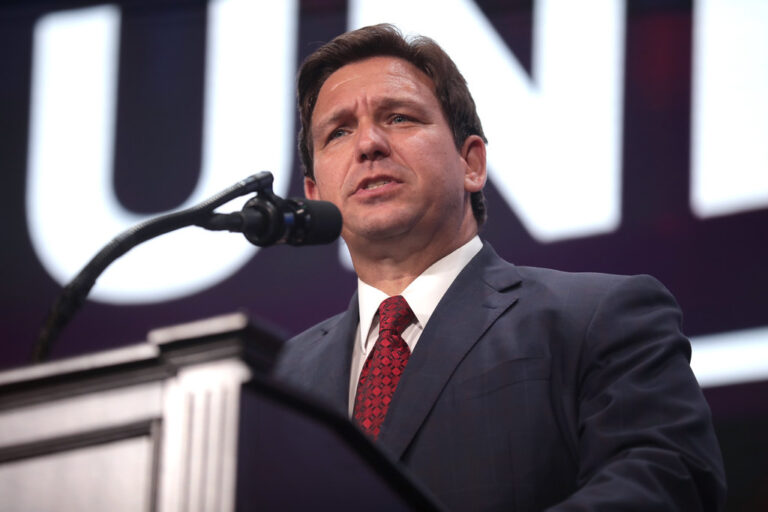Key Takeaways:
- Israel launches Operation Rising Lion, targeting Iran’s nuclear sites and leaders.
- Over 20 Iranian commanders killed, including key figures Mehrabi and Bagheri.
- Iran retaliates with ballistic missiles, breaching Israel’s defense, causing casualties.
- Both sides report injuries and fatalities; Iran also downs two Israeli jets and captures a pilot.
Title: Israel and Iran Clash in Intense Military Escalation
Introduction:
A significant escalation in tensions between Israel and Iran erupted recently, marking a worrying development in the region. Israel initiated Operation Rising Lion, a bold move targeting Iran’s nuclear capabilities and leadership. This article delves into the details of the operation, Iran’s response, and the ensuing consequences.
Operation Rising Lion: A Strategic Strike
In a preemptive move, Israel launched Operation Rising Lion, focusing on dismantling Iran’s nuclear infrastructure. The operation targeted key nuclear sites, scientists, and high-ranking military officials. This strategic maneuver aimed to curtail Iran’s nuclear ambitions and disrupt its military command structure.
Key Casualties: High-Profile Targets
Among the casualties were notable figures such as Gholamreza Mehrabi, head of Iran’s Intelligence Directorate, and Mohammad Bagheri, a prominent IRGC missile commander. These losses are significant, impacting Iran’s operational capabilities and strategic planning.
Iran’s Retaliation: Ballistic Missiles and Casualties
Iran swiftly responded with a barrage of ballistic missiles, some penetrating Israel’s missile defense system. This retaliation resulted in civilian casualties, with reported fatalities and injuries. The attack underscored the vulnerability of Israel’s defenses and the severity of the conflict.
Casualties and Incidents: A Harsh Reality
The conflict has resulted in tragic losses on both sides. Iran reports over 70 fatalities and hundreds injured, while Israel confirms at least one death and multiple injuries. Additionally, Iran claimed the downing of two Israeli jets, capturing a female pilot, amplifying the human cost of the conflict.
Implications and What’s Next
The escalating violence between Israel and Iran raises concerns about broader regional instability. Diplomatic efforts are crucial to prevent further escalation. The international community watches closely as tensions continue to rise, urging restraint and dialogue to avoid prolonged conflict.
Conclusion: A Call for Peace
The recent clash highlights the fragility of peace in the region. As both nations assess their next moves, the hope remains that diplomacy will prevail, preventing further bloodshed and fostering stability.









